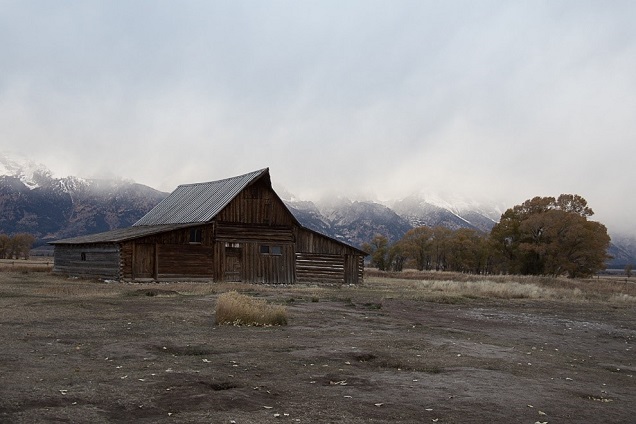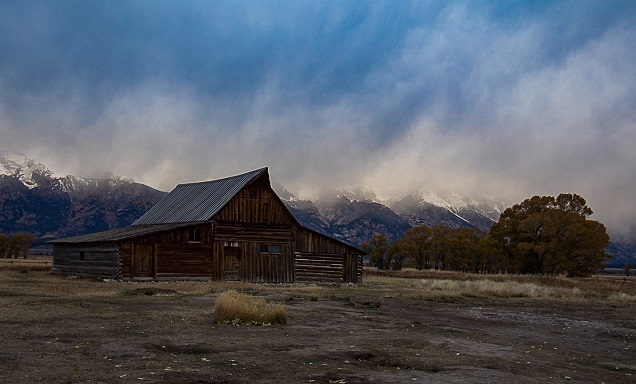 When working with a new photographer, I often hear them lament that their images will just never measure up to those of a “real professional.” This comes, of course, from comparing what comes out of their cameras to images in a magazine, or one they see hanging on a wall.
When working with a new photographer, I often hear them lament that their images will just never measure up to those of a “real professional.” This comes, of course, from comparing what comes out of their cameras to images in a magazine, or one they see hanging on a wall.
There is a little-known truth in the world of photography, however, that will transform your images and mindset almost instantly, and it is this simple fact: Almost every image that you see in print or on a website has had some degree of post-processing. That’s the secret.
Even the pros who shoot thousands of images for publications like National Geographic or any other type of print media—except newspapers, which are required to do minimal processing—employ some version of post-processing software to achieve that “wow!” factor.
For example, here’s a photo I recently took of the iconic Moulton Barn in Jackson Hole, Wyoming, with the Tetons towering in the background. The morning was overcast and dreary, much like the photo itself. No one would look at this image and say, “I’ll take two,” let alone one.

But after a few minutes and some very simple adjustments in Lightroom, the same image was transformed. Did I become awesome in a hurry, or what?
No—I just used a classic Lightroom trick: I moved a few sliders in the Develop Module and presto—I now have an image that I have sold to several clients.

The biggest secret to this one is the “Graduated Filter” tool, which allows you to make changes to a section of your photo. In this case, I added blue and punched up the drama in the sky which, as you can see, was pretty dull in the “before” shot.
Obviously, you want to try to get it right “in camera,” because that is the ultimate objective. But sometimes the mitigating factors—for instance, when only Mother Nature has control—often wreak havoc with the photographer’s best-laid plans. That is why learning Lightroom is crucial to your success in marketing your work.
Now, let’s take an image from one of my recent family shoots. The sun was in and out, so the leaves were either really bright or really flat. I was shooting a shallow depth of field (2.8 aperture, for all of you techies out there), because I wanted a blurred background. Remember, a mountain with a barn in the foreground doesn’t care, but a family investing in a lifetime memory definitely expects GREAT results.
Here is the image right out of the camera:

Great-looking family, but a pretty flat-looking image. However, after a quick fix in Lightroom, here is the finished product:

It took about three minutes to crop the image and increase the saturation and vibrance (which enhances greens and blues without affecting skin tones) to add color to those leaves. I also kicked up the contrast to make the whole thing “pop.”
Now this family is ecstatic—in fact, so much so that a 5×7-foot canvas of this is going on their mantel.
What changed? Just a little post-processing is all, which is why I recommend that you learn Lightroom, adding its enviable tools to your skillset. As Pablo Picasso once said, “I am always doing that which I cannot do, in order that I may learn how to do it.”
Take my word for it, you will be glad you learned how to get the art of “wow.”
[Editor’s Note: Learn more about how you can fund your travels and make an extra income with photography, travel writing, blogging, and more in our free online newsletter The Right Way to Travel. Sign up here today and we’ll send you a new report, Five Fun Ways To Get Paid To Travel: A Quick-Start Guide, completely FREE.]


